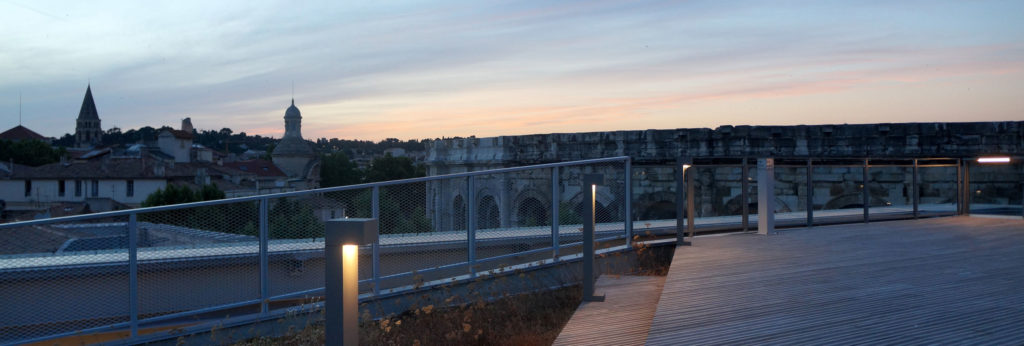Share
Nîmes, the French Rome
Just a walk in the city is enough to immerse oneself in Romanitas by discovering its immense Roman heritage. Like the natives of Nîmes, you benefit from contemporary life in a fantastic Roman setting. The Arena, the Maison Carrée, the Tour Magne, the remains of the ramparts and other features are in an excellent state of conservation. Among original monuments are the ‘Castellum divisorium’, a Roman structure receiving the water conveyed by the aqueduct that includes the Pont du Gard and then the imperial sanctuary at the La Fontaine spring.
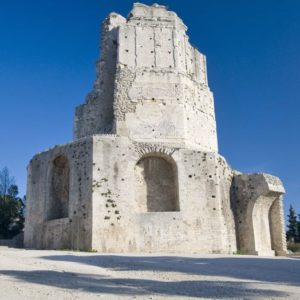
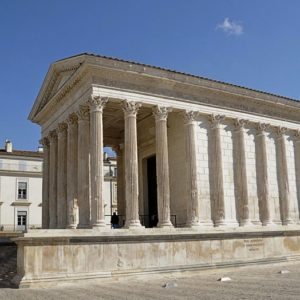
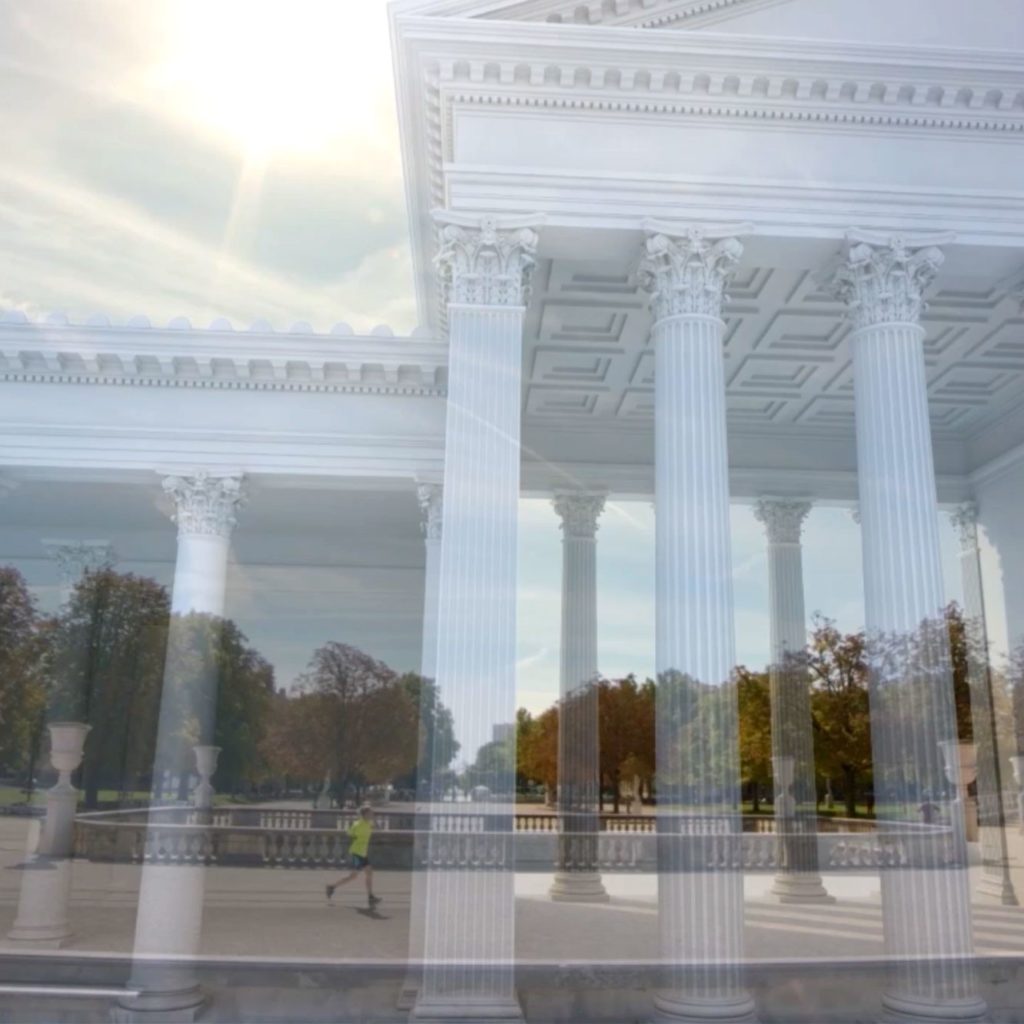
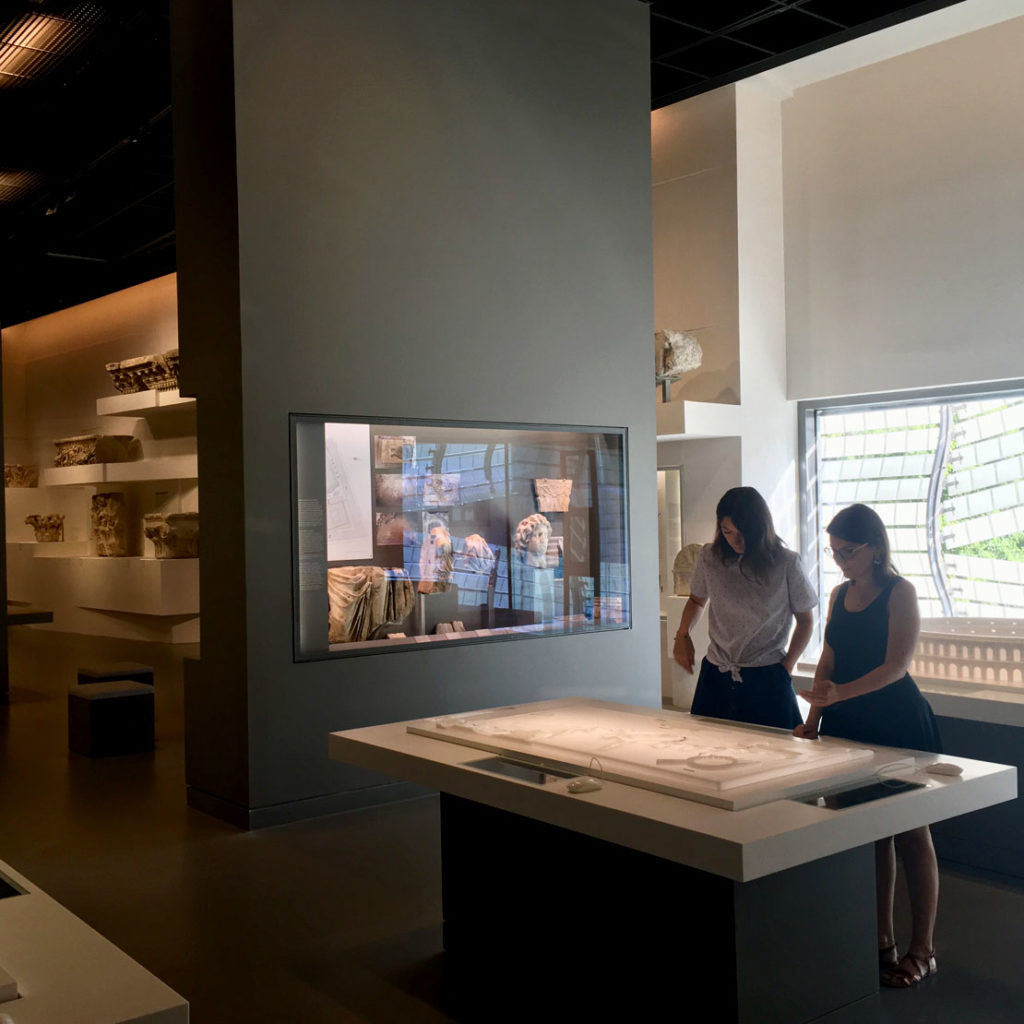
Archaeological exploration
Numerous signs of the past of Nîmes are found in the ground and make substantial archaeological news. Preliminary cultural resources digs have resulted in magnificent discoveries in the last 20 years. For example, the splendid Achilles and Pentheus mosaics found in a domus during excavation works in Allées Jean Jaurès in 2006-2007 could not be displayed in the former Archaeological Museum in Boulevard Amiral Courbet because of lack of space. Today, the collection of more than 25,000 items deserved to be shown in an exceptional setting.
For your trip back into history, the collections are displayed through and with new technologies centred on innovative museography. The Roman items are thus in their ancient context and generate all the emotion of having gone through the centuries and are now revealed and passed on to future generations.
The scientific and cultural planning of the Musée de la Romanité was handled by Dominique Darde, Chief Cultural Heritage Curator of the City of Nîmes, and her team.
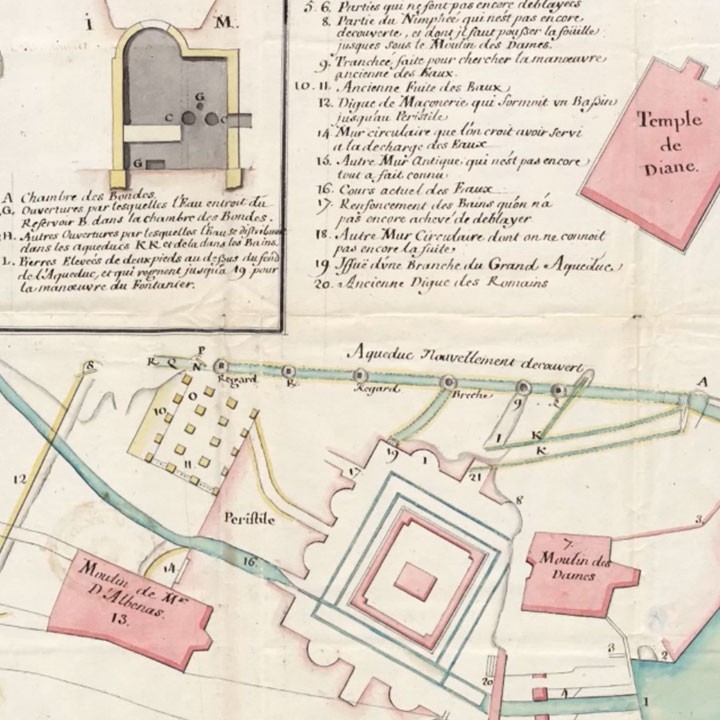
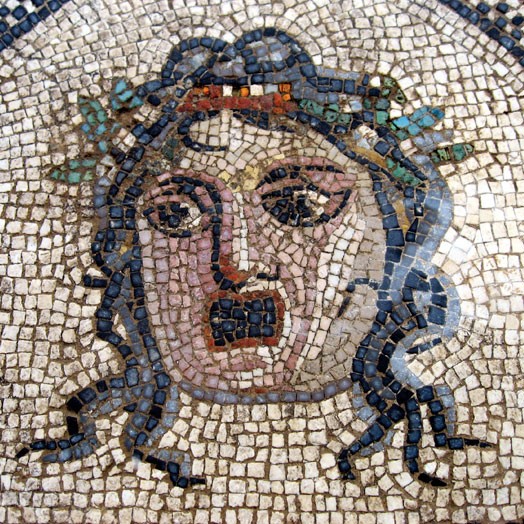

Deciphering the traces of the past
At each discovery, archaeologists perform substantial scientific work which, thanks to the new technologies, makes it possible to assemble and combine different items and fragments found to set objects and the way that they were used in their context of historical reality. They thus succeed in precise identification of past ways of life and rituals. A fairly faithful image is emerging of life in the area several hundred years ago.
The building of the new museum means that collections and the history of the city can be displayed and, above all, the experience can be shared. More broadly, it is a resource focus that can pass on all archaeological news about Romanitas.
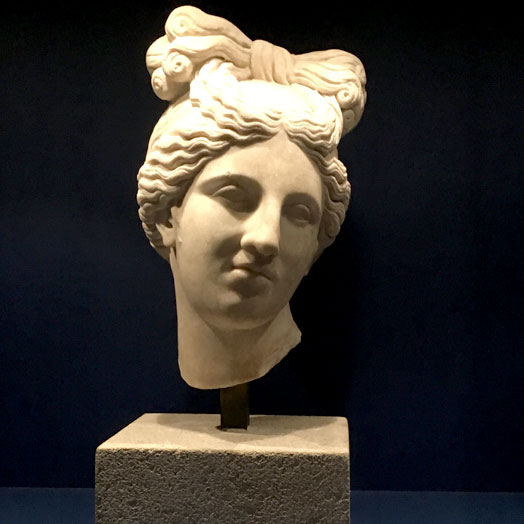
Restoration of the works
The maintenance and restoration of the collections are an integral part of the work of the museum. The Archaeological Museum has intensified its restoration programme for the presentation of the works in the new setting. Since 2012, the team of curators in charge of the project has had the entire collection examined in order to draw up a full assessment of its condition. This is extremely valuable for precise determination of priorities.
A large proportion of the collection displayed has been restored: the 12 mosaics, the statue of Neptune, the monumental fragments of the pediment of the propylaeum, the 100 Roman sculptures and a dolium, a huge earthenware vessel that used to be on display in front of the Maison Carrée, etc. All these objects that have in turn played a role in the past bear a special emotion as today they show the lives of the people who used them.
The present approach consists of maximum conservation of the authenticity of items—sometimes fragmented or in parts—without hiding modern complements, that would seem to indicate that the object has survived intact. It is sometimes necessary to correct old restoration work to give the object its appearance as passed down to us so that they will be intact for future generations.
